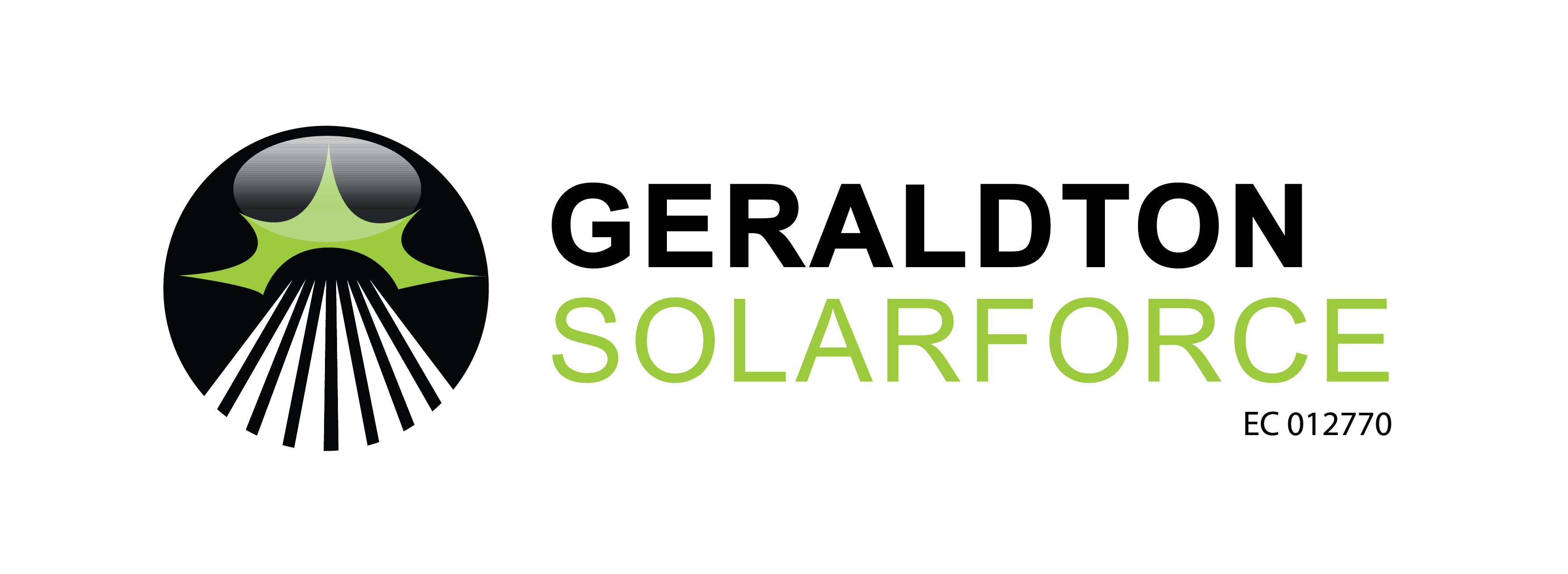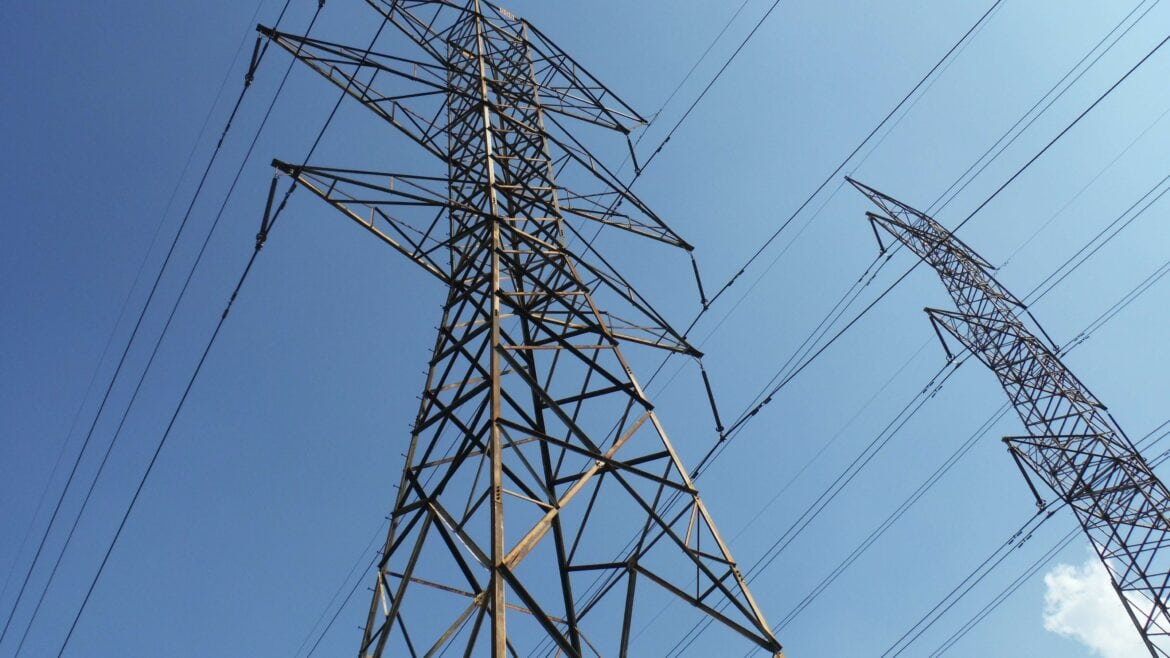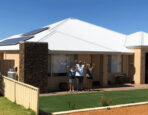Energy prices increased once again in 2023 and are expected to increase again in 2024. As Western Australia’s population continues to grow, the costs of energy generation continue to rise. Based on a decision by the State Government, power companies increased their pricing in July. Here’s our breakdown of the 2023 electricity price change and some viable solutions to reduce their impact on your energy expenses.
How much did electricity prices rise in 2023?
Electricity prices in Western Australia increased by 2.50% in July [1]. This is because all power companies have increased their residential tariffs and raised some of their standard fees as well.
Why Do Electricity Prices Keep Going Up?
Electricity prices are changed after the State Government reviews the regulated electricity tariffs. They review the cost of supplying electricity and set the retail tariffs each year.
The primary factor behind the hike in prices is a rise in wholesale prices. In Western Australia, a significant portion of electricity is produced from natural gas and coal, both of which are finite resources. Consequently, their prices fluctuate based on supply and demand dynamics. When the supply of coal and gas can’t meet demand, their price will increase. The combination of a global shortage and growing energy demands has created the perfect storm for increasing electricity prices.
History of Rate Increases
Using historical trends we can see there has been a consistent rise in energy prices. Just in the past 5 years, the price of one kilowatt hour (kWh) has increased by nearly 7 per cent. These trends mean the price of electricity will likely continue to increase.
Would Solar Panels Reduce My Bill?
Installing solar panels will minimise the impact of ongoing electricity bill increases. By reducing reliance on conventional energy sources, solar panels enhance energy cost stability and diminish overall energy expenses. How much you save by using solar depends on individual energy consumption patterns.
The Western Australian Government established the requirement for retailers to offer a buyback scheme. The Distributed Energy Burback Scheme (DEBS) plays a pivotal role in curbing electricity bills. Under this scheme, energy retailers offer a fixed rate for surplus energy generated by solar panels.
The addition of a solar battery can amplify your energy savings. Typically, solar panels generate electricity during the day, with surplus energy being channelled back into the grid. Solar feed-in tariffs are available from your energy provider for surplus energy your solar system exports to the grid. By incorporating batteries into the system, excess energy is stored for later use, thereby reducing dependence on the grid. This is particularly useful during evenings or in the event of power outages. Therefore, solar batteries will further decrease the impact of future price hikes on electricity bills.
Increasing the total amount of renewable energy used in WA also reduces our dependence on coal and gas to generate energy. This can decrease the infrastructure required for electricity generation and potentially prevent significant price increases in the future. Notably, regions with higher solar panel adoption rates, such as Geraldton, have experienced lesser impacts from price escalations than areas with lower solar ownership rates, like Victoria [2].
If you’re considering installing solar panels, Geraldton Solar Force is here to help. Contact our team to learn more about residential solar and your potential energy savings.
[1] Electricity price changes in Western Australia from 1 July, Energy Policy WA
[2] Power bills to jump as much as 25pc (again), Mark Ludlow and Angela Macdonald-Smith



